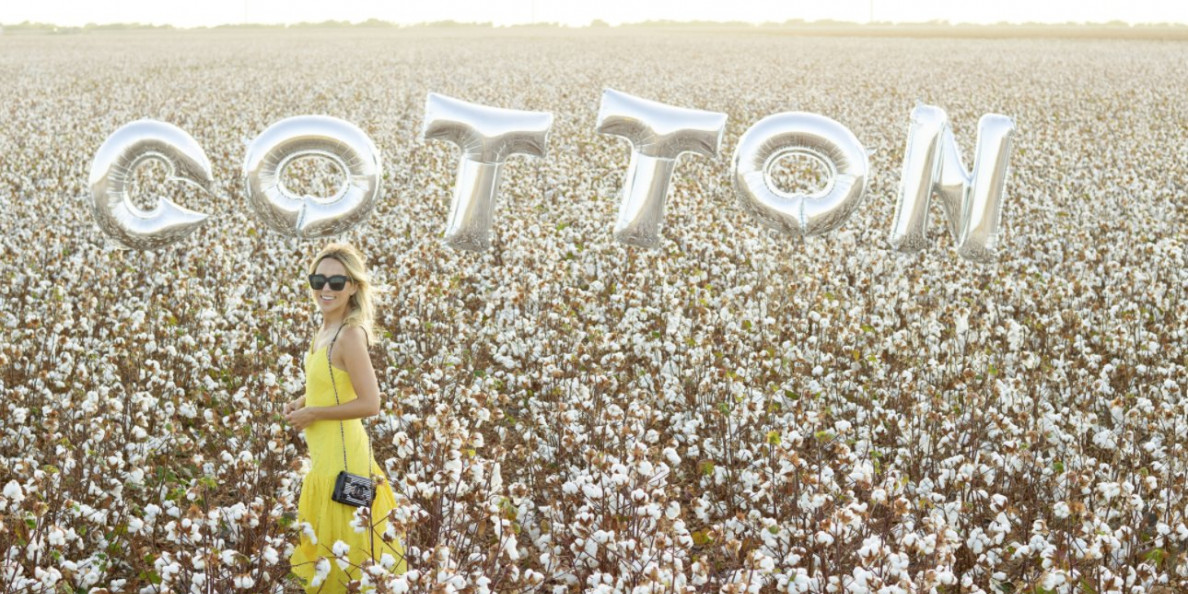The answer to the headline question is: I don’t know. Nobody knows for sure. Our best educated guesses are subject to unfolding information. With the 2018 weather market that is shaping up, anything could happen.
The official fundamental picture painted by the National Cotton Council and USDA in February suggest downside price risk; the March WASDE (World Agricultural Supply and Demand Estimates) tempered that bearish outlook only slightly.
During March, new crop Dec’18 cotton futures have been trading between 77 cents and 79 cents. On any given day, you can see what base grade new crop cotton at a delivery point is worth by where Dec’18 futures are trading. That much you can know for sure.
Forward contract offerings in West Texas currently reflect a historically narrow basis, e.g., 2.5 cents to 3.5 cents off Dec’18 for bale and APH (Actual Production History)-acre contracts. That implies possible cash prices in the mid-70s or higher, subject to counter-party risk, quality risk, and production risk (especially with bale contracts).
A FLEXIBLE FLOOR
With dry conditions and the recent experience of low mic discounts, the latter two risks are likely going to be on a lot of peoples’ minds. What you can know for sure is that if you deliver the contracted quality and quantity of bales, and the merchant fulfills his contractual obligations, your price would likely cover most production costs in West Texas.
Hedging strategies using put options or put spreads can create more certainty by providing a flexible floor against falling cash prices, while allowing for upside potential if harvest-time cash prices are higher.
For example, a 75 put option is the right — but not the obligation — to have sold Dec’18 futures at 75 cents. Once purchased, that right would be increasingly valuable if Dec’18 futures declined below 75 cents. In that way, a 75 put option is an insurance contract against a decline in the Dec’18 futures contract below the coverage level of 75 cents. The premium cost is reflected by the red line (in cents per pound on the right hand scale).
Since the put option gives the right, but not the obligation, to have a short futures position, it does not imply any margin exposure. The put option premium is the most one would be risking.
MINIMUM CASH PRICE
During the month of March, 75 put options on Dec’18 have traded for around 3 cents a pound. Buying a 75 put option for 3 cents implies an effective 72-cent short futures position without the margin obligation. By further subtracting off your expected harvest time cash basis, you can identify the minimum cash price that you are insuring.
If the futures and cash market were to rise, you would still be free to sell cash cotton at a higher price. So, put options represent the simplest form implementing a price floor, while leaving the upside open. Why is this important? Because I don’t ultimately know if Dec’18 futures are going higher or lower. Nobody knows that for sure.
There are further steps one can take to cheapen up and/or customize this type of price insurance. Figure 1 gives an example of this in the form of buying the 75 put options and selling an out-of-the-money put at 65 cents.
Such a spread strategy implies no margin exposure, and it costs less than buying the 75 put outright (see the green line). However, it only protects the downside range of futures prices between 75 and 65 cents.

MANY COMBINATIONS
During the month of March, the 65 put option has been trading for around 50 cents per pound, so the net cost of a 75:65 bear put spread would be 3.0 – 0.5 = 2.5 cents per pound. Note that there are many different combinations of long and short puts that could be penciled out here, depending on your risk tolerances and price outlook.
Πηγή: Southwest Farmpress

